Story highlights
US has deployed stealth bombers and aircraft carriers to the Pacific
Moves are latest in a series of displays of force analysts say are aimed at North Korea
After months of rising tensions on the Korean Peninsula, Pyongyang seems to have gone quiet.
In the first 10 months of this year, North Korea launched 22 missiles and tested a hydrogen bomb, while threatening to fire missiles over the US territory of Guam and conduct an atmospheric nuclear test.
One of the most recent major pronouncements from North Korean state media, however, was about leader Kim Jong Un’s visit to a cosmetics factory.
“He was very pleased, saying the variety of cosmetics produced by the factory are numerous and qualitative, and that not only (the) pattern of their vessels but packing boxes are very nice,” state news agency KCNA reported Sunday.
Accompanied by his wife, Ri Sol Ju, who rarely appears in public and was recently reported to have given birth to the couple’s third child, the propaganda photos showed Kim seeming relaxed and cheerful.
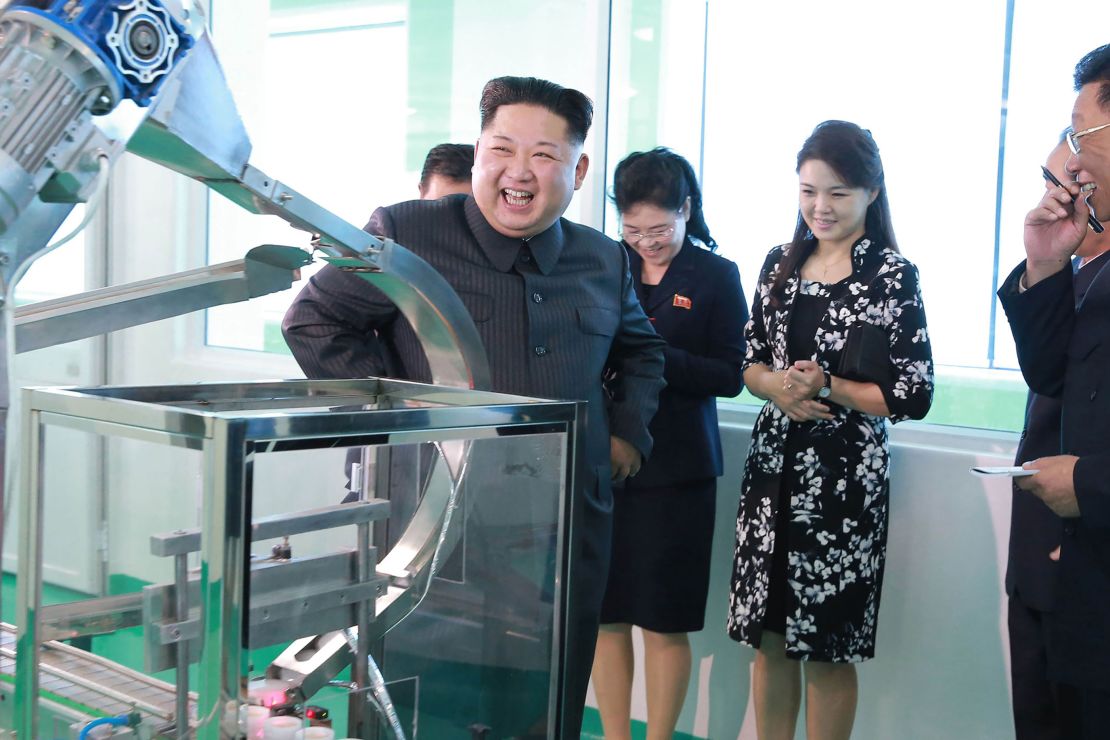
The clearest recent reference to weapons development was a piece in the state-run newspaper Rodong Sinmun Monday promoting the country’s ability to launch satellites into space, according to the Yonhap news agency.
While some observers have accused North Korea of using its space program for covert ballistic missile testing, such subterfuge seems out of kilter with a country willing to openly test intercontinental and intermediate-range ballistic missiles.
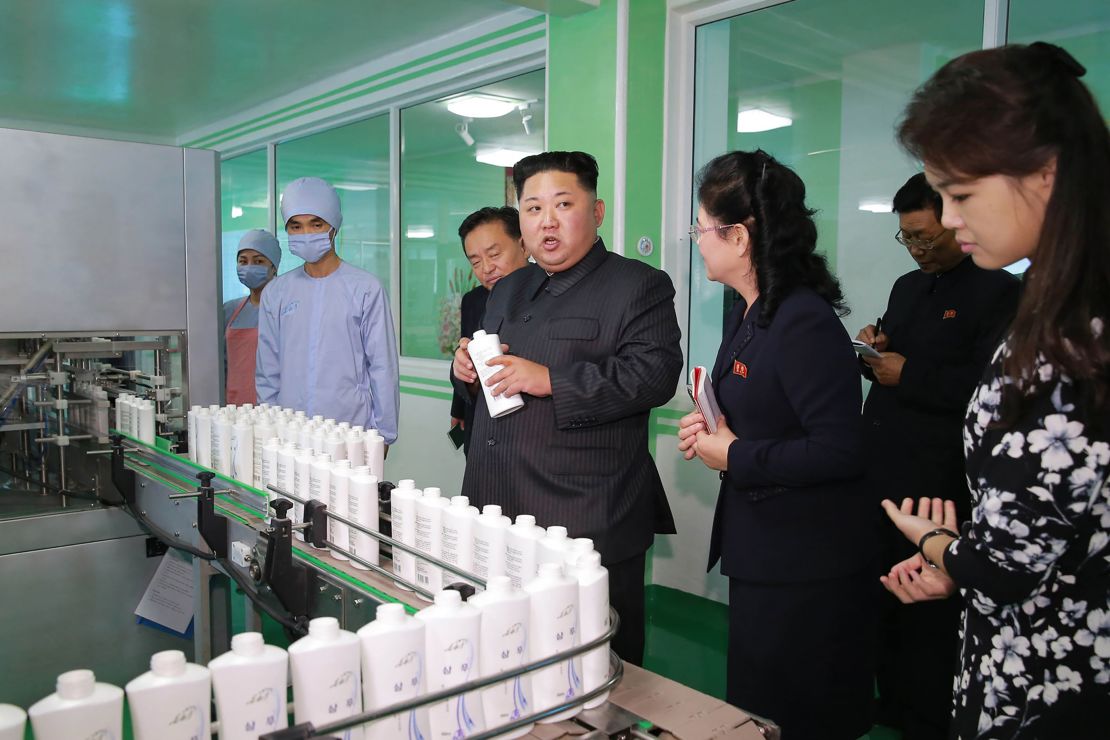
In another piece Monday, the newspaper criticized Washington’s “strong-arm and arbitrary practices, interference and wars of aggression,” in a comparatively restrained statement which did not include any threats.
Fears North Korea would stage a missile or other test last week during China’s Party Congress, the most important date on the Chinese political calendar, also proved unfounded.
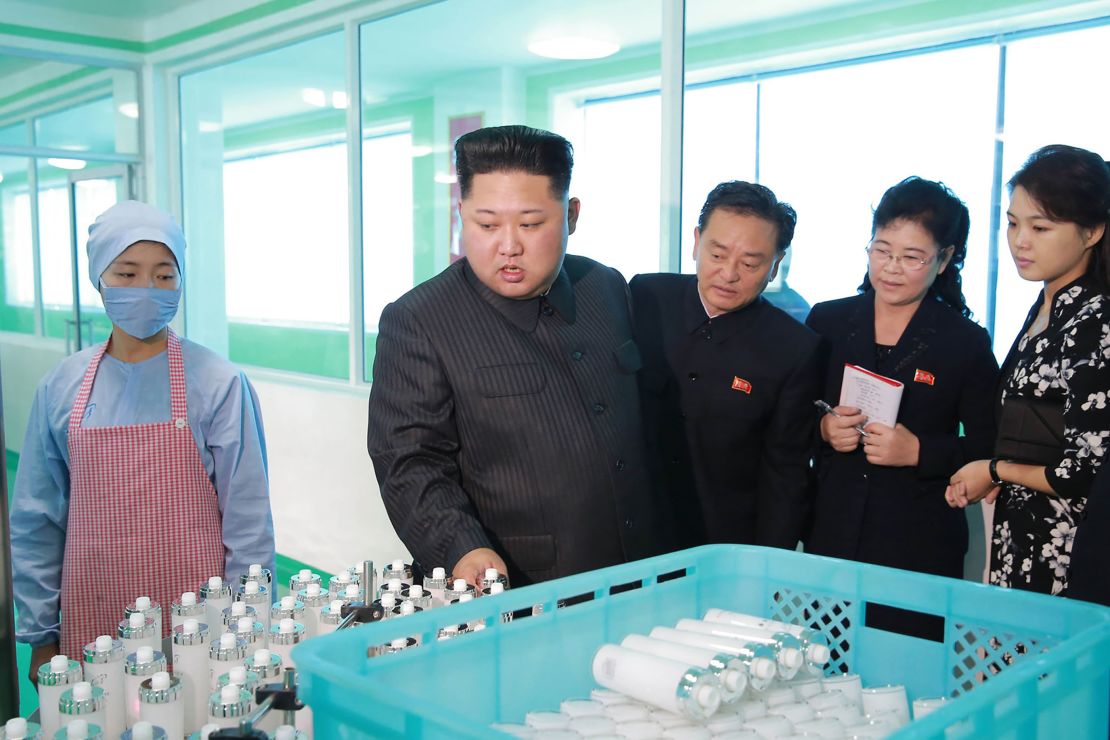
Flyovers and patrols
Pyongyang’s relative silence has not been matched by its rivals.
On Monday, US, South Korean and Japanese officials issued a statement urging North Korea to “refrain from irresponsible provocations” and walk away from its “destructive and reckless path” of weapons developments.
On Saturday, US Secretary of Defense James Mattis said Washington “does not accept a nuclear North Korea” and said “any use of nuclear weapons by the North will be met with a massive military response, effective and overwhelming.”
Over the weekend, the US Air Force sent one of its B-2 stealth bombers on a mission to the Pacific, according to a statement from US Strategic Command.
The B-2 flew from Whiteman Air Force Base in Missouri, the Air Force said, without revealing where in the vast area of Pacific Command the bat-winged jet went.
B-2s have operated in the past out of Andersen Air Force Base on Guam and the Indian Ocean island of Diego Garcia. In 2013, B-2 bombers flying from Missouri participated in exercises over South Korea.
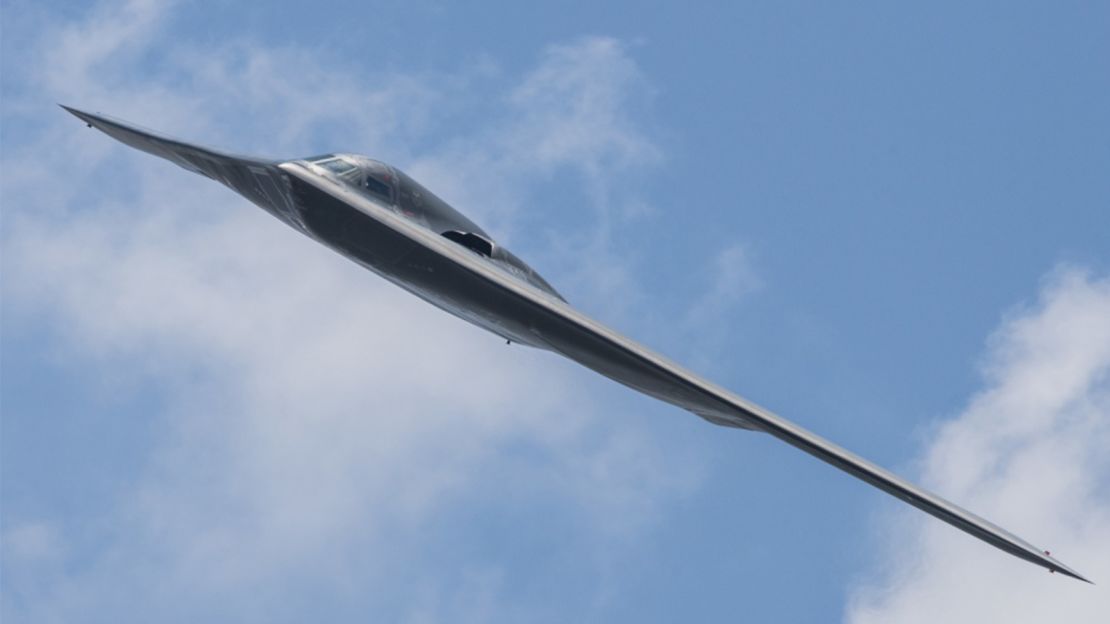
Meanwhile, the US has been making other moves of the kind that have provoked responses from Pyongyang in the past. Last week, two more US aircraft carriers joined the Japan-based USS Ronald Reagan in the Asia-Pacific region.
The Pentagon said the movement of the carriers and their accompanying strike groups was long planned, as the USS Nimitz heads back to the US West Coast after a deployment in the Middle East and the USS Theodore Roosevelt heads to that area to replace it.
But Lt Gen Kenneth McKenzie Jr, director of the Joint Chiefs of Staff, told reporters last week the three carrier groups would conduct a joint exercise to demonstrate their “unique and powerful capability,” the first time that’s happened in the Pacific in a decade.
Besides the B-2, the US showed off more of its assets this month, flying F-22 stealth fighters and B-1 bombers at an air show in South Korea.
The Air Force also said it will deploy its F-35 stealth fighters to the Pacific for the first time in November, sending 12 of the fifth-generation fighters to Kadena Air Base on the Japanese island of Okinawa.
In mid-October, the US Navy sent the guided-missile submarine USS Michigan on a conspicuous port call to Busan, South Korea. The massive submarine carries 154 Tomahawk land-attack cruise missiles and has the ability to clandestinely deploy Navy SEALs along an adversary’s coast line.
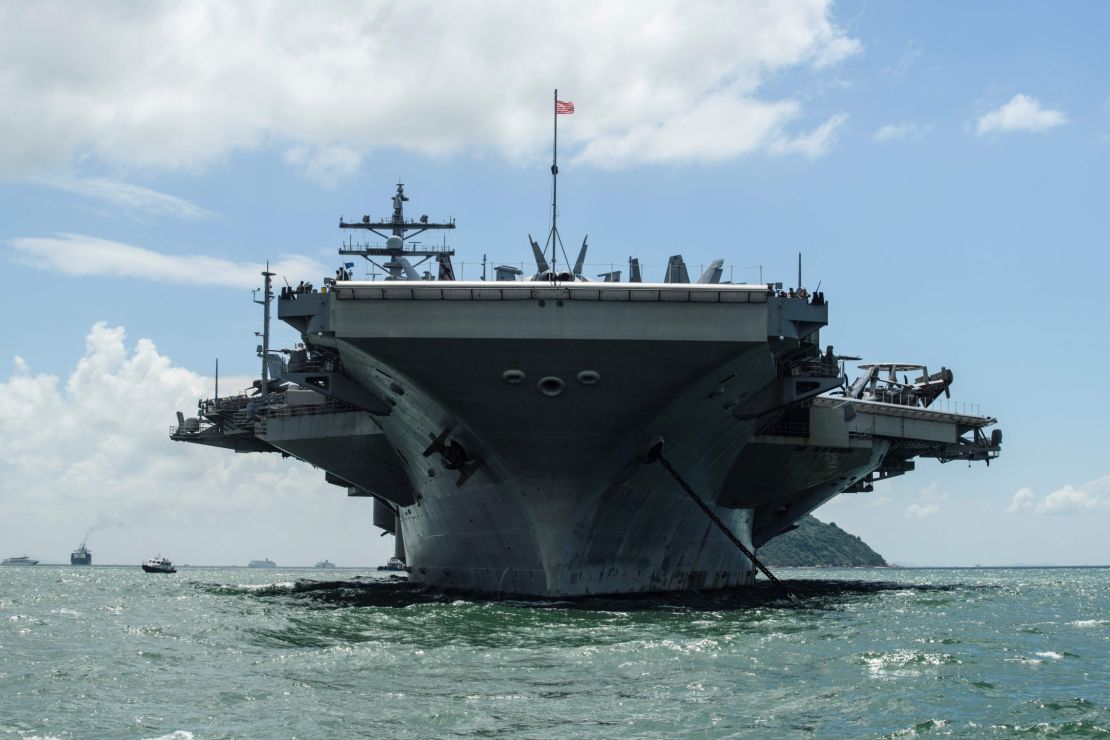
Provocations
Analysts say all these assets – the aircraft carriers, the submarine, the B-2s, B-1s, F-22s and F-35s – would play key roles in any strike on North Korea.
Some experts have warned against the deployment of stealth jets to the region, saying they risk provoking a North Korean first strike on their airbases, as that is the only way Pyongyang could combat warplanes it isn’t able track in the air.
Writing for CNN last week, Adam Mount, a senior fellow at the Federation of American Scientists, said recent US actions “seem based on an idea that raising the risk of war can force China or North Korea to capitulate to Washington’s demands, ignoring recent history.”
“The last 10 months of vague threats and sporadic military provocations prove Kim Jong Un cannot be frightened into surrendering his nuclear arsenal,” he said.
“If the Trump administration can cease its careless threats, the US and its allies could begin a real conversation about whether new deployments of unambiguously defensive military forces are needed to deter North Korea.”







